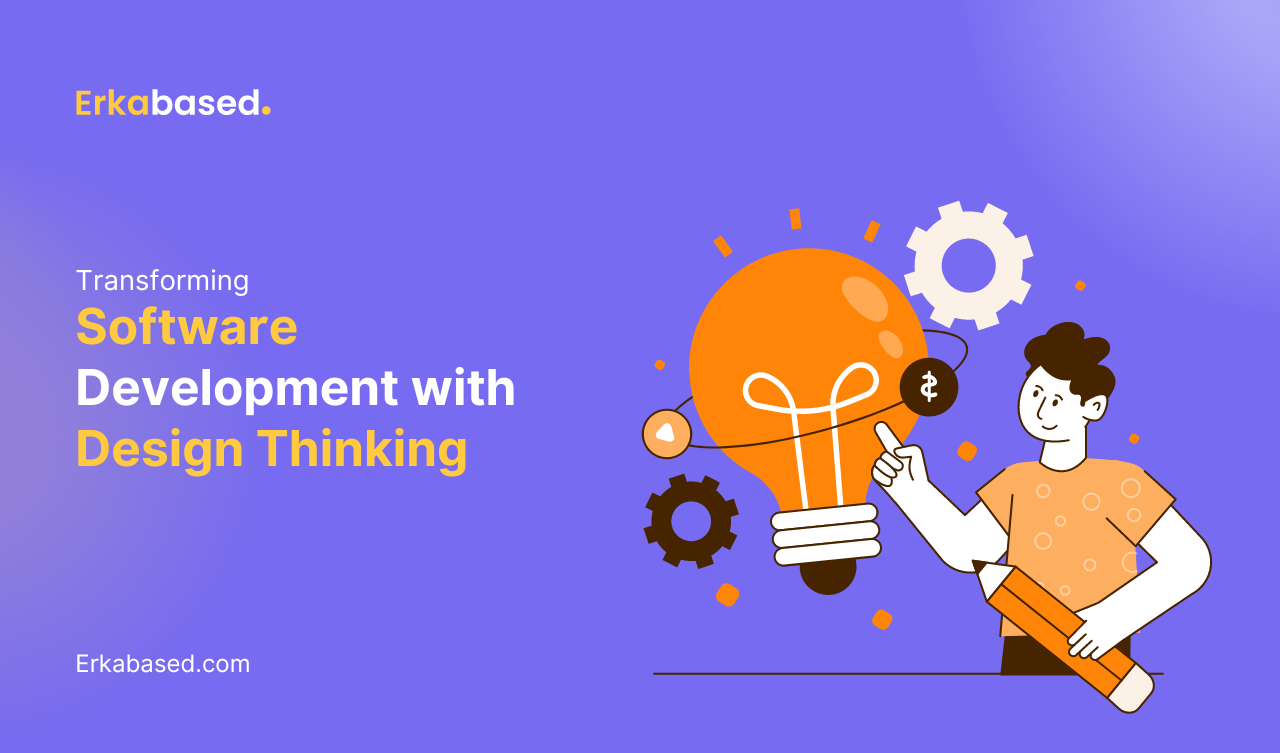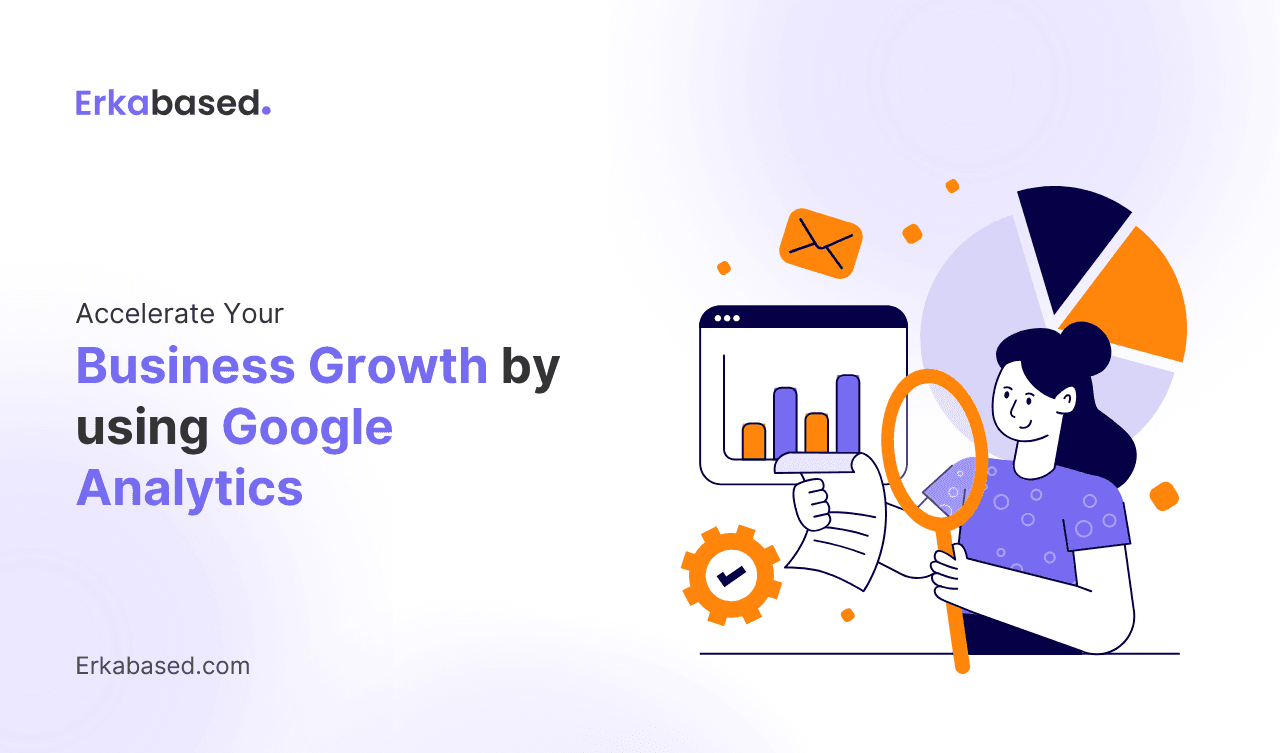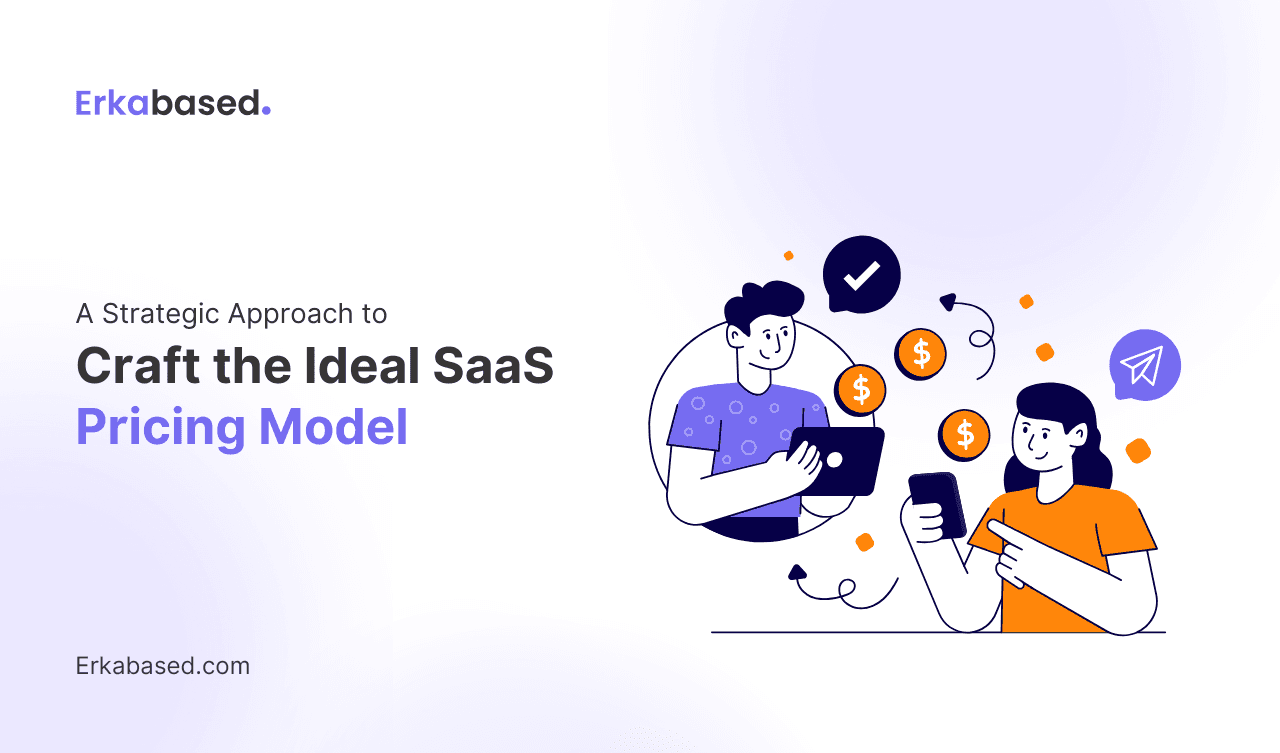Introduction to Design Thinking
In today's fast-paced technology landscape, delivering user-centric software solutions is more critical than ever. Design Thinking, a methodology initially rooted in the creative industry, has emerged as a game-changer in software development. By focusing on empathy, creativity, and iterative testing, it allows developers, project managers, UX designers, and business owners to solve complex problems and build products that truly resonate with users.
In this blog post, we will explore the concept of Design Thinking, its significance in software development, and how you can effectively integrate it into your projects. We will explore the five stages of Design Thinking in detail, share real-world examples, discuss implementation strategies, and examine the challenges and benefits of adopting this innovative approach.
Importance of Design Thinking in Software Development
Design Thinking is not just a buzzword; it's a transformative approach that puts the user at the center of every decision. In software development, this means creating products that are not only functional but also intuitive, enjoyable, and aligned with users' needs.
By incorporating Design Thinking, teams can:
- Enhance User Experience: Products designed with empathy lead to higher user satisfaction and engagement.
- Foster Innovation: Encourages creative problem-solving and out-of-the-box thinking.
- Reduce Risks: Early testing and validation help identify potential issues before they become costly problems.
In an industry where user expectations are constantly evolving, Design Thinking offers a structured yet flexible framework that helps teams stay agile and responsive.
The Five Stages of Design Thinking
Empathize
The first stage of Design Thinking, empathizing, involves understanding the users' needs, challenges, and motivations. This requires immersing yourself in their world through interviews, surveys, and observations.
By genuinely listening and observing, you gain valuable insights that can inform the rest of the design process. For instance, a software team developing a new app for remote workers might discover pain points related to time management and communication. These insights can then guide the design and functionality of the app.
Define
Once you've gathered user insights, the next step is to define the problem clearly. This stage involves synthesizing the information to identify core issues and opportunities for innovation.
A well-defined problem statement should be user-centered and actionable. For example, instead of saying "We need to improve our app's interface," a better problem statement would be "Users find it hard to navigate our app's interface, leading to frustration and decreased productivity."
Ideate
With a clear problem statement in hand, the ideation stage involves brainstorming a wide range of solutions. This stage encourages creativity and exploration without judgment.
Techniques such as mind mapping, sketching, and brainstorming sessions can help generate diverse ideas. For example, the team might come up with various features like task tracking, video conferencing, and real-time notifications for the remote work app.
Prototype
The prototyping stage involves creating tangible representations of your ideas. These can range from simple sketches to interactive digital models.
Prototypes allow you to test your ideas quickly and gather feedback. This stage is crucial for identifying strengths and weaknesses, refining concepts, and ensuring that the solutions align with user needs. For the remote work app, the team might develop clickable wireframes or a basic version of the app to test with users.
Test
The final stage of Design Thinking is testing your prototypes with real users. This involves observing how users interact with your product, gathering feedback, and making necessary adjustments.
Testing is an iterative process; based on user feedback, you may need to revisit earlier stages to refine your solutions. For the remote work app, testing might reveal that users find the task tracking feature helpful but struggle with the video conferencing interface. This feedback can guide further iterations and improvements.
Real-World Examples of Design Thinking in Software Development
Let's explore some real-world examples of how Design Thinking has been successfully applied in software development.
Airbnb
Airbnb leveraged Design Thinking to revolutionize its platform. By deeply empathizing with both hosts and guests, the team uncovered critical pain points such as complicated booking processes and lack of trust between users. They saw opportunities for improvement like enhancing the user interface and building a robust review system. Through iterative prototyping and rigorous testing, they developed practical and innovative solutions, significantly enhancing the user experience. As a result, Airbnb positioned itself as a leader in the sharing economy, transforming the way people travel and stay worldwide.
IBM
IBM's Design Thinking framework, known as IBM Design Thinking, has been instrumental in transforming their software development process. By integrating detailed user research, collaborative ideation sessions, and rapid prototyping cycles, IBM has fostered a culture of continuous innovation. They focused on understanding the diverse needs of users across various industries, from healthcare to finance. This approach allowed them to create groundbreaking products that not only meet but exceed user expectations, ensuring that IBM remains at the forefront of technological advancement and customer satisfaction.
How to Implement Design Thinking in Your Development Process
Implementing Design Thinking in your software development process requires a cultural shift and a commitment to user-centricity. Here are some practical steps to get started:
Build Cross-Functional Teams
Design Thinking thrives on collaboration. Assemble cross-functional teams that include developers, designers, project managers, and stakeholders. Diverse perspectives can lead to more holistic solutions.
Foster a Culture of Empathy
Encourage your team to empathize with users by conducting regular user research and engaging with customers. Create opportunities for team members to immerse themselves in users' experiences.
Embrace Iteration
Design Thinking is an iterative process. Embrace a mindset of continuous improvement and be open to revisiting earlier stages based on user feedback. Encourage experimentation and learning from failures.
Challenges and Benefits of Adopting Design Thinking
Challenges
Adopting Design Thinking can present challenges, such as:
- Resistance to Change: Shifting to a user-centric approach may face resistance from team members accustomed to traditional methods.
- Time and Resource Constraints: Conducting thorough user research and iterative testing can be time-consuming and resource-intensive.
Benefits
Despite the challenges, the benefits of Design Thinking far outweigh the drawbacks:
- Improved User Satisfaction: Products designed with empathy lead to higher user satisfaction and loyalty.
- Enhanced Innovation: Encourages creative problem-solving and the development of unique solutions.
- Reduced Risk: Early testing and validation help identify issues before they become costly problems.
Conclusion
Design Thinking offers a powerful framework for creating user-centric software solutions. By empathizing with users, defining clear problem statements, ideating creatively, prototyping iteratively, and testing rigorously, you can develop products that truly meet users' needs and stand out in a competitive market.
Whether you're a software developer, project manager, UX designer, or business owner, embracing Design Thinking can drive innovation, enhance user experience, and position your organization as a trusted partner in your clients' success.
At Erkabased, we specialize in turning visionary concepts into practical, user-friendly web apps and websites. Our professional and solution-oriented approach is grounded in Design Thinking principles, ensuring your project aligns perfectly with user needs and achieves outstanding results. Contact us today to discover how our comprehensive development services can transform your vision into reality. Together, let's create an exceptional user experience that sets you apart from the competition.






